Strategy. Temptation. Intimidation. Variety. These are traits that make for a great collection of par-3s.
In course design, strategy is generally defined by having alternate routes of play based upon a player’s appetite for risk. On par-3s, architects can incorporate different shot values to achieve this. These features include draw or fade biased holes, run up areas and forced carries in positions that are achievable for all golfers.
The psychology of design is vital to one-shotters. An architect needs to be able to tempt and intimidate players into different decisions. Using deception, distance and contours an architect can trick players from firing at or away from flags.
Variety is the lifeblood of the game and is what keeps golf interesting. With par-3s it’s important to have variation in their routing, distances, green complexes and shot types. Such is the case at Country Club of Buffalo.
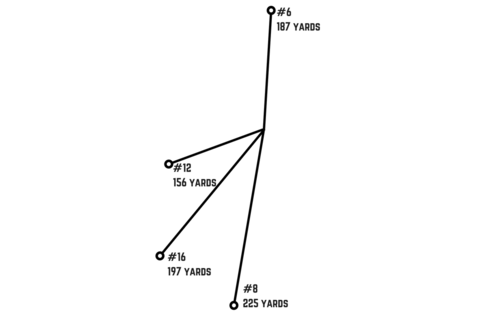
The different direction and lengths of CCB's par-3s
Set in the quiet town of Williamsville, NY, the Country Club of Buffalo is the definition of an “under the radar gem.” Like many Donald Ross courses, it boasts an exceptional routing and variety. Ross’s genius is particularly evident with the course’s one-shotters. Each plays to a different yardage, calls for a different shot type, and in a different direction. Directional variety was something that Donald Ross found essential. He remarked, “Having to contend with variable wind conditions adds zest to the game.”
Along with the variety, CCB’s four par-3s possess ample strategy and can both tempt and intimidate. It’s why I find them to be one of if not the best set that I have ever seen.
HOLE #6 – “Pulpit” – 186 yards

Many regard CCB’s signature hole as one of the greatest inland par-3s in the country. Teeing off from a semi-circle on the quarry rim, the “Pulpit” feels like a coliseum. The massive Volcano green is built on an ancient rock outcropping. Early miners found the massive limestone landform too difficult to use, leaving it for Ross. After walking the property, he made it the stage for this unforgettable hole.
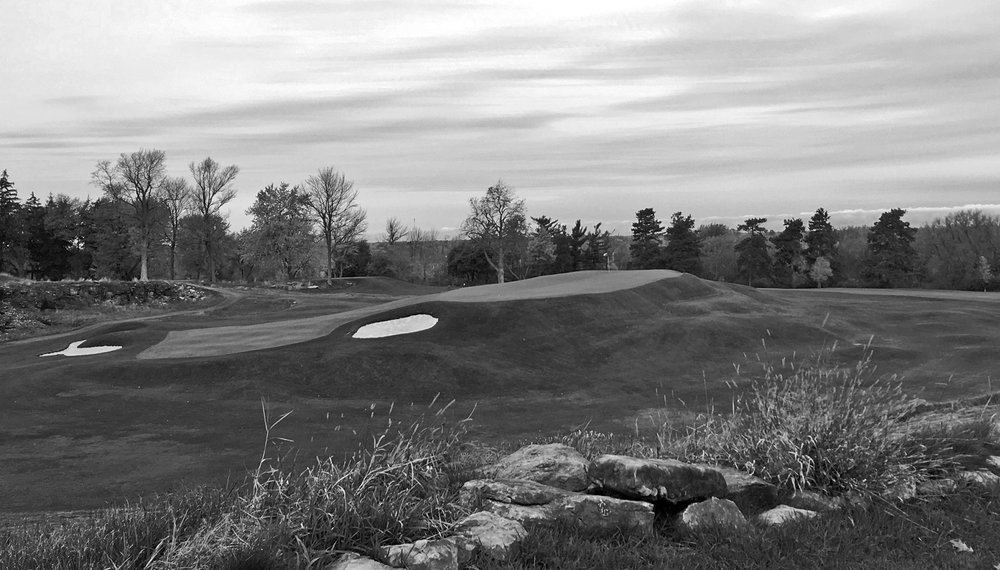
The 6th plays to a stout 186 yards from the back tees. It has a green that is 45 yards in depth and raised above the quarry floor some 30 feet. It is slightly oriented from right to left, preferring a right to left shot into the green.

The feeling of intimidation is inevitable on the tee box. It reminds me of the “floor is lava” game from childhood. It allows the hole to play as Ross designed: a test of temptation, with an emphasis on shot making.
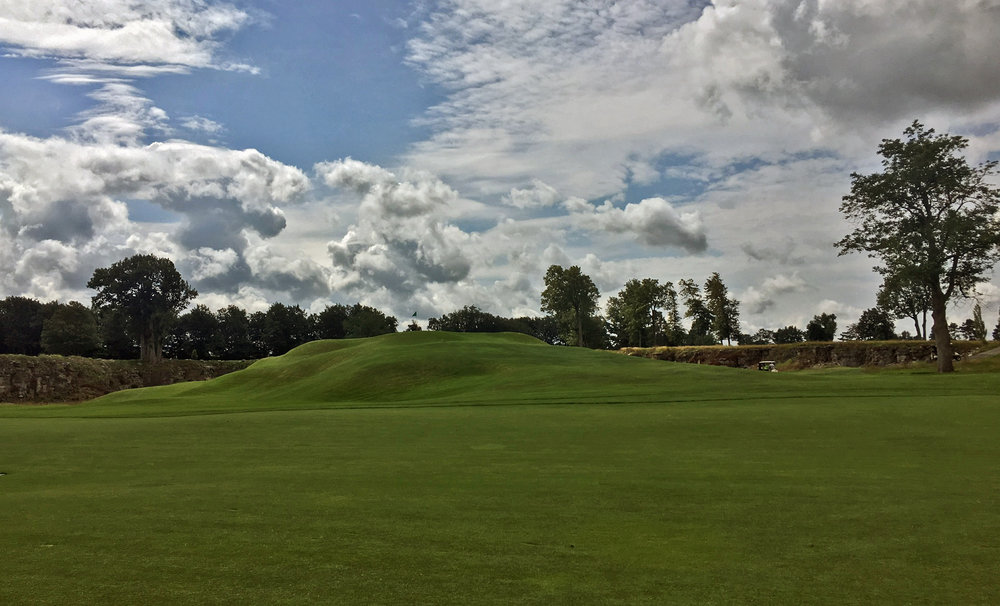
The strategy of Pulpit should be simple…a shot to the center of the green. But few players will swallow their pride and play to the middle part of the green and thus, the fun begins. The raised green and pin that floats above the quarry has a way of tempting an aggressive play. If pulled off, a birdie can be had, but shots that miss will helplessly tumble down the hill and make for a difficult bogey. The unique recovery options from around the green make this hole extraordinarily interesting.
Hole #8 – “Ridge” – 237 yards
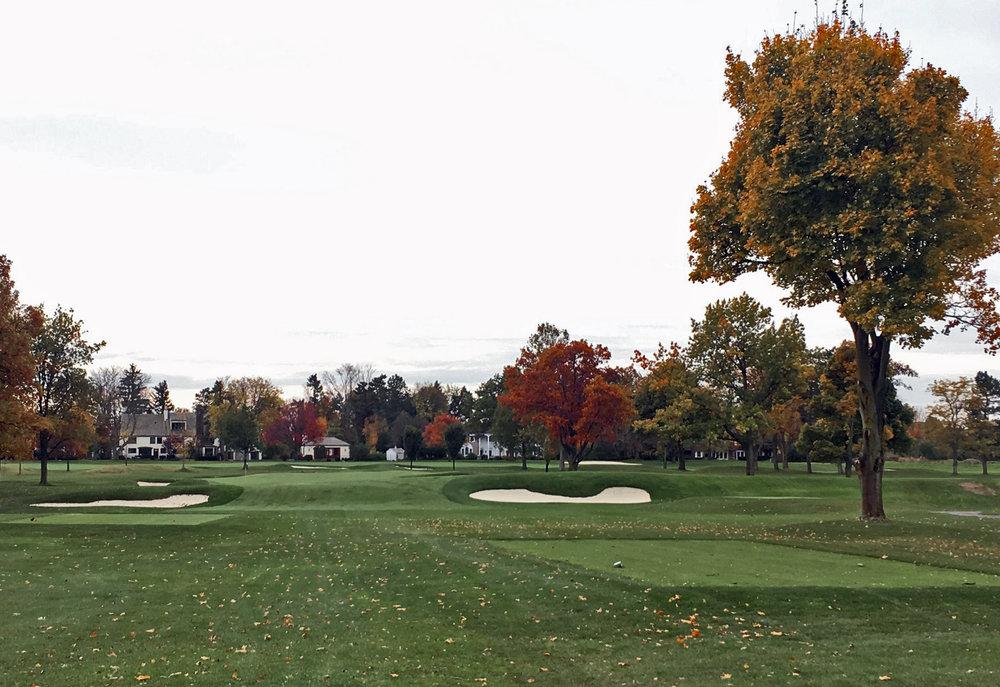
The 237 yard eighth at the Country Club of Buffalo highlights the land given to Ross. A ridge runs perpendicular to the hole about 100 yards from the front of the green. Hes used this ridge to naturally carve two bunkers which add deception and strategy to the hole.

From the tee, the ridge and the bunkers make the hole look much shorter than the yardage. The fairway slopes downward and offers a wide opening into the green, promoting a low-running shot. The option to fly balls to the flag is also available, but not preferred. The putting surface sits on a diagonal and has a vast opening in the front. The green is massive and can lead to tough two putts if the yardage is missed. A weak shot to the right will find two massive bunkers and difficult recovery options. Ridge is a spectacular test of long iron play, adding to the variety of CCB’s par-3s.
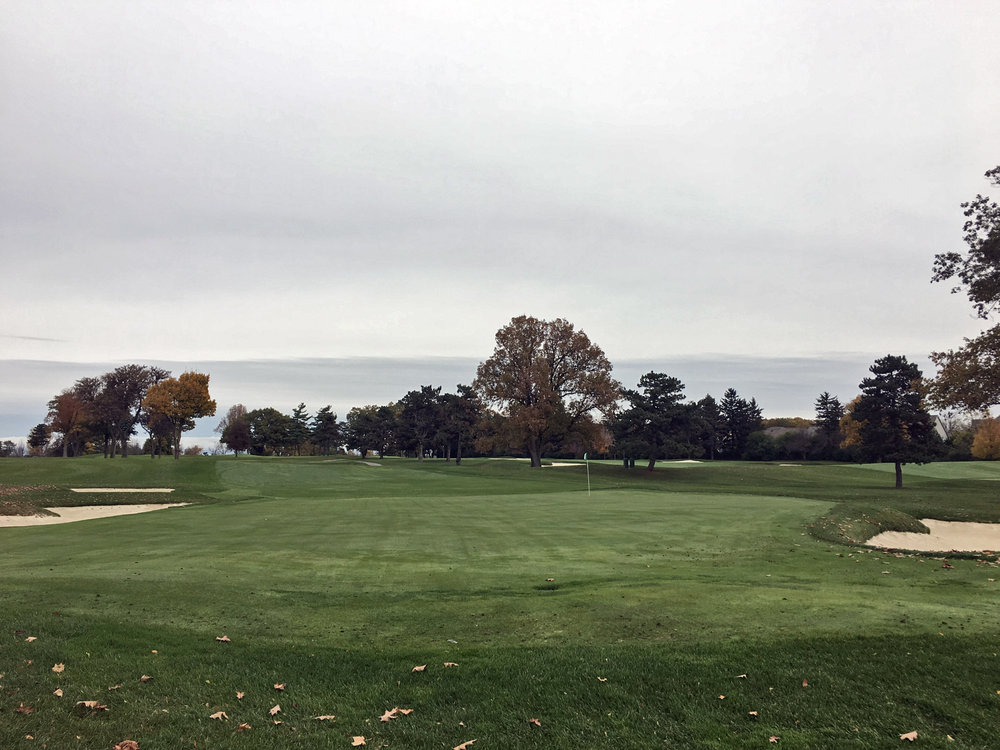
HOLE #12 – “Pond” – 157 yards
The 12th now has a back tee which was added years following Ross’s original design. This tee compromises the design intent, and therefore, the hole plays best from the Members’ tee box.

The course’s only forced carry over water comes on the shortest hole. The 12th is a test of a player’s short iron game. As mentioned, Ross was keen on using wind direction to challenge the more skilled player. Pond embodies this intention by playing in its own distinct direction.

Ross equipped the short par three with a severe green that’s perched above a steep ravine. The wind, which typically quarters off the left at about 10 o’clock, is a nuisance. It forces players to aim considerably left of the green or hold a draw into it. Those who miss the green left or long face a hopeless recovery. This makes the deep right bunker the bailout option.
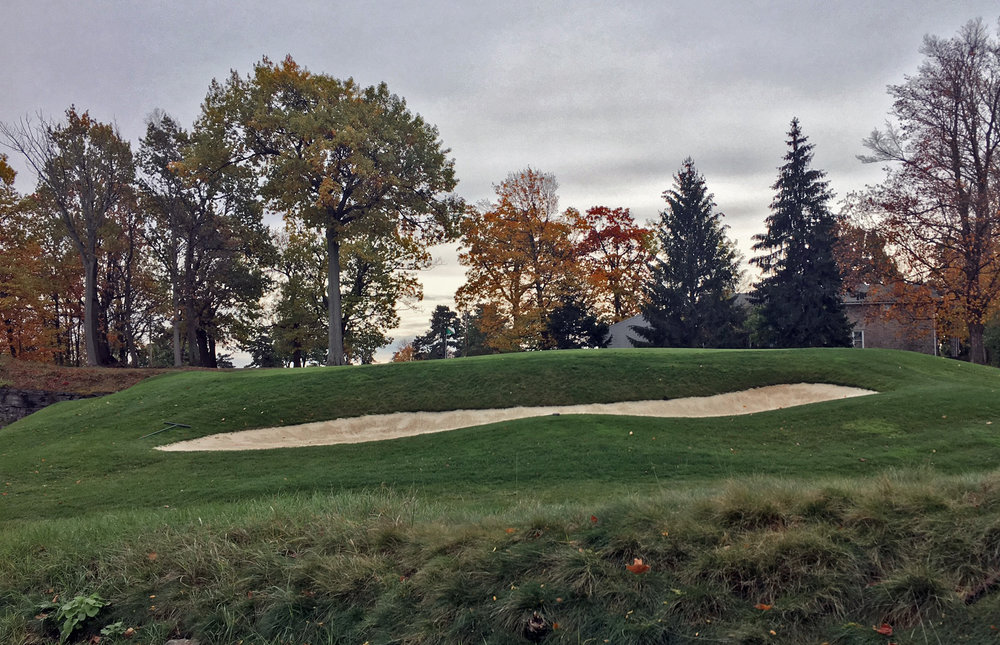
The short nature of the hole provokes many to play over-aggressively. It can lead to birdies and elation walking off the green but more often frustration.
16th – “Misery” – 197 yards
“A course that continually offers problems – one with fight, if you please – is the one that keeps the player keen for the game.” – Donald Ross
Misery is a good name for the 197-yard 16th. It plays a full club uphill, into the prevailing wind and to a blind putting surface. Off the tee, the strategy of this hole is evident, from its characteristics which mimic a Reverse Redan. The 16th asks for one final long-iron shot, which he considered to be “the supreme test of a great golfer.”

The only aspect of the 16th that differs from a Reverse Redan is the green’s back to front slope. This likely stems from Ross’s belief that greens that slope away with a longer club in hand limit the golfer’s ability to play boldly.

The options presented to the golfer are to play a low running shot or fly it to the green. The fairway runway on the left will feed a runner towards the severe left to right sloping green. Difficult recovery awaits any errant approach to the perched green. Once aboard this brute, Ross asks the golfer to navigate one of the toughest greens on the course.

Donald Ross scoured a property in search of the greatest possible golf holes. At the Country Club of Buffalo, each par three embraces and takes advantage of the land’s natural features. They are distinctly unique from each other while collectively providing moments of temptation and intimidation. Together they form one of the best and most memorable collections of one-shot holes in golf.


 by
by 
